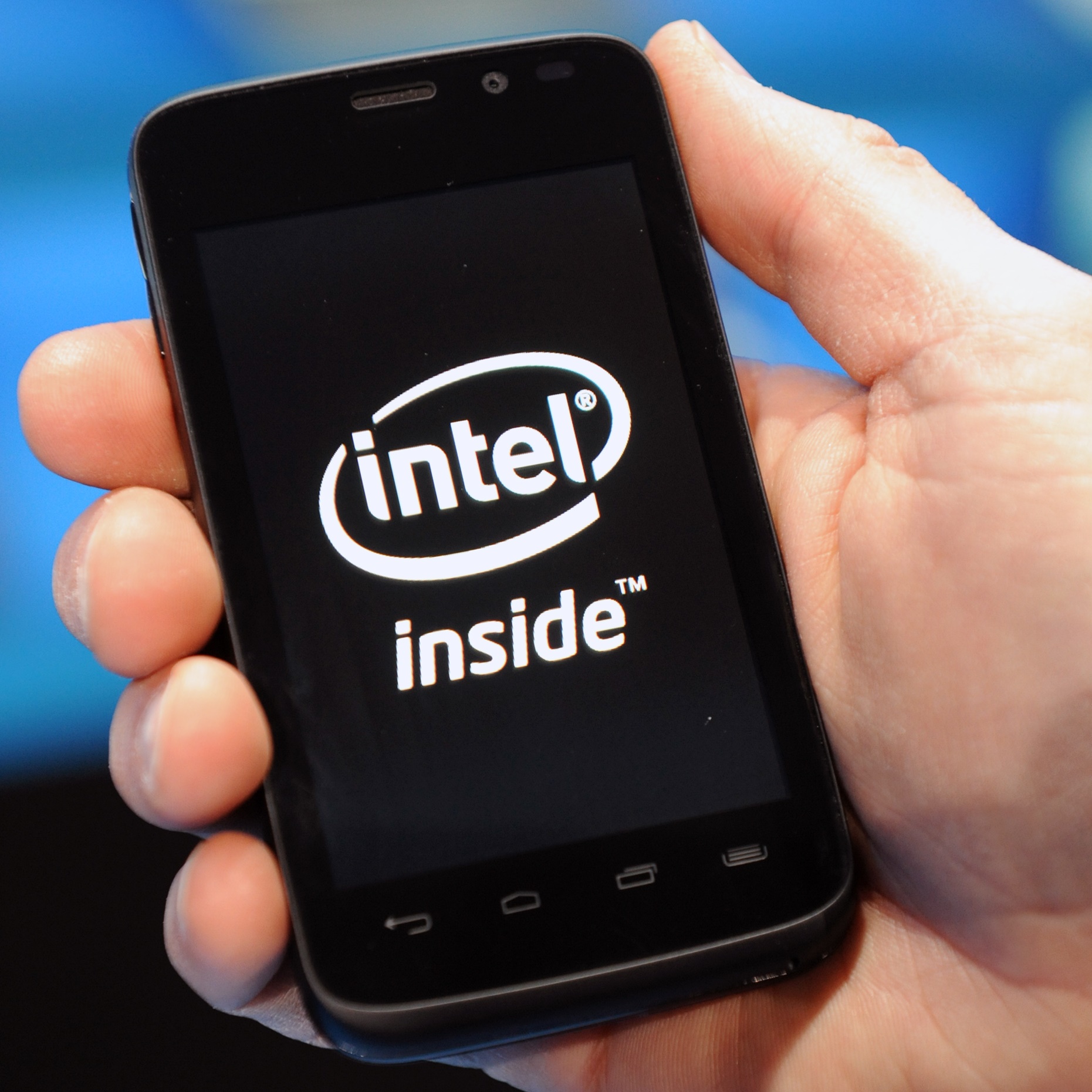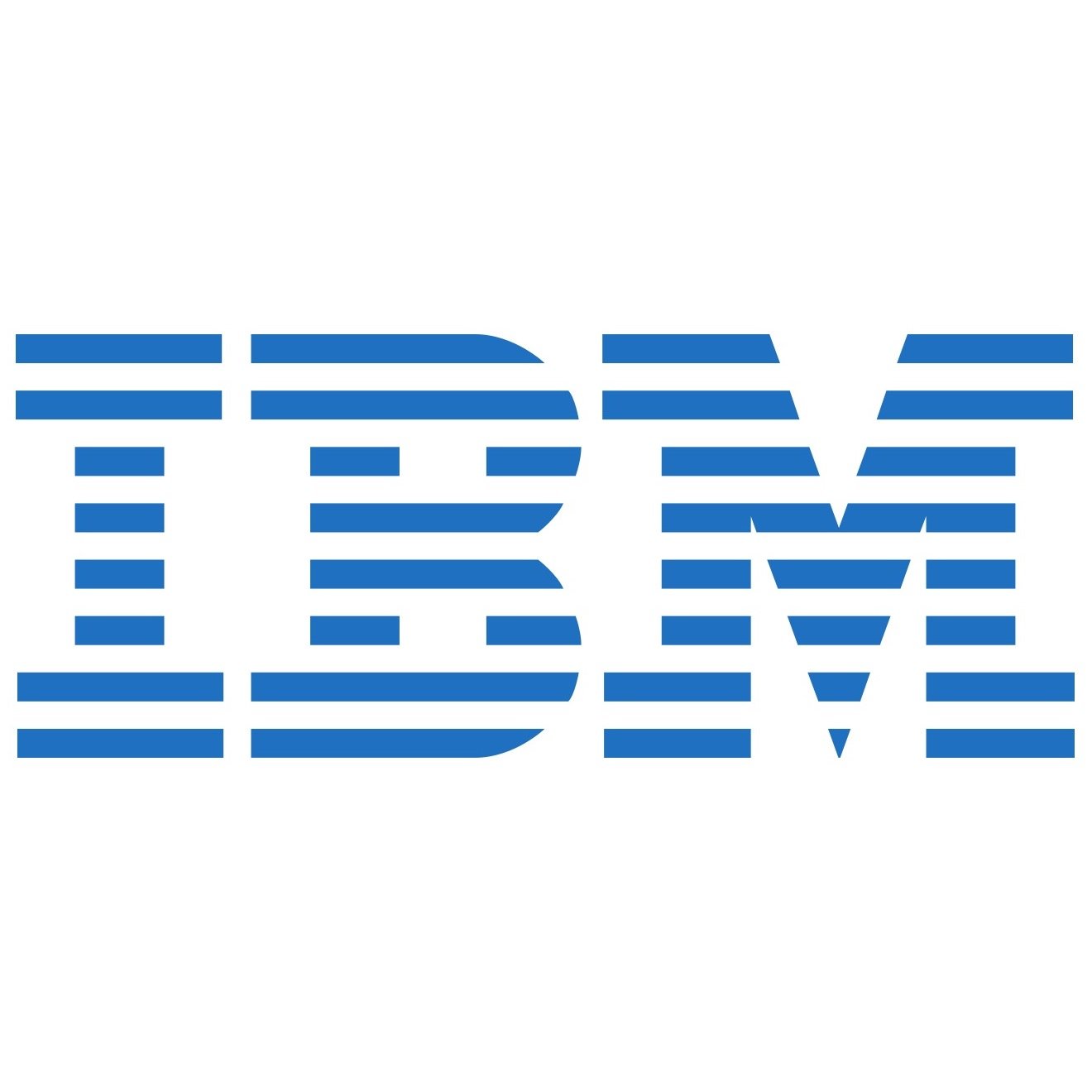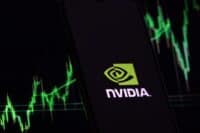

Now that 2015 has ended, strategists and analysts on Wall Street have been making their forecasts and predictions for 2016. The harsh selling of the first week may confuse some investors, but it is important to remember that a week is 1/52 of a year.
It seems the bull market was interrupted in 2015, as the Dow Jones Industrial Average closed out the year down 2.2% to 17,425.03.
While the index performance of the Dow does not account for individual stock dividends, Intel Corp. (NASDAQ: INTC) ended 2015 at $34.45, for a loss of 2.21%, including its dividend adjustments. It should be noted that 2014 was an incredible year for Intel, so 2015 may have been a readjustment year.
That $34.45 close of 2015 is one thing, but the close after just four days of trading in 2016 was down at $31.84. That may not be the case for a bear market, but this is still a sell-off of more than 7.5% in Intel’s stock price.
For the year ahead, the consensus analyst price target from Thomson Reuters was $36.16 at the end of the year. If the analysts are correct, the expected total return from the 2015 closing price would be 7.75%, if you include its dividend yield of 2.8%. From a price of $31.84, that implied upside from the views just a week earlier would be over 15%.
It seems likely that the bar was being lowered due to slowing spending and technology trends for 2016. Apple is reportedly shrinking its orders for 2016, and Apple chip suppliers have warned of lower business ahead.
Intel is without question the king of the CPU market when it comes to personal computers (PCs). It dominates so much here against Advanced Micro Devices Inc. (NASDAQ: AMD) that some wonder if AMD should even try to keep up with Intel. But the PC market sounds so 1999 now. Intel just acquired Altera Corp. (NASDAQ: ALTR) in a massive acquisition, and this is expected to add $2 billion to Intel’s annual sales base of more than $50 billion.
Intel has seen mixed reports from its effort to get deeper into smartphones and tablets. It is a subsidized business, so Intel has been willing to lose money on every order there in an effort to win market share and to get its legs in ahead. Still, it is still competition from the likes of ARM Holdings, Qualcomm and others.
One thing that might have been a loss for Intel was when AMD won on both the Xbox One and the PlayStation 4 video game console refresh cycles. These both went with AMD and its ATI unit.
Where Intel is headed is into processors and systems for the Internet of Things and non-connected machines and subsystems that require processors. Its Wind River acquisition in 2009 really brought far more than met the eyes back then. This leaves processor applications for planes, cars, refrigerators and just about anything else you can think of ahead. Intel is also expected to be a winner in virtual reality trends in 2016 and beyond.
Many of Intel’s critics think that Intel is still too reliant on the core PC business. It still has huge opportunities in servers, and it even has excess fabrication capacity it is leasing out to other companies tied to semiconductors. That Intel acquisition of McAfee may have more security aspects beyond mere PCs. Hint, hackers have claimed to be able to hack cars, planes and other things.
Merrill Lynch named Intel a top tech dividend winner for 2016, a move we keep seeing. If you go beyond the PC, there may be a lot more hope for Intel than its critics give it credit for. Intel was expected to return less than 1% in 2015 when we ran this same analysis a year ago. We need to keep in mind that Intel led the Dow with a whopping 44% gain in 2014.
Intel delivered a much larger dividend hike late in 2015 than we were looking for. Its 2016 outlook was also recent enough that some of the more calm minds might wonder if the first week’s paranoia of 2016 was being overblown. That will be revealed with earnings in the first two or three weeks of January 2016.
Will Intel decide to be a large acquirer of other chip and processing operations?
Sponsored: Find a Qualified Financial Advisor
Finding a qualified financial advisor doesn’t have to be hard. SmartAsset’s free tool matches you with up to 3 fiduciary financial advisors in your area in 5 minutes. Each advisor has been vetted by SmartAsset and is held to a fiduciary standard to act in your best interests. If you’re ready to be matched with local advisors that can help you achieve your financial goals, get started now.
Thank you for reading! Have some feedback for us?
Contact the 24/7 Wall St. editorial team.
 24/7 Wall St.
24/7 Wall St.


